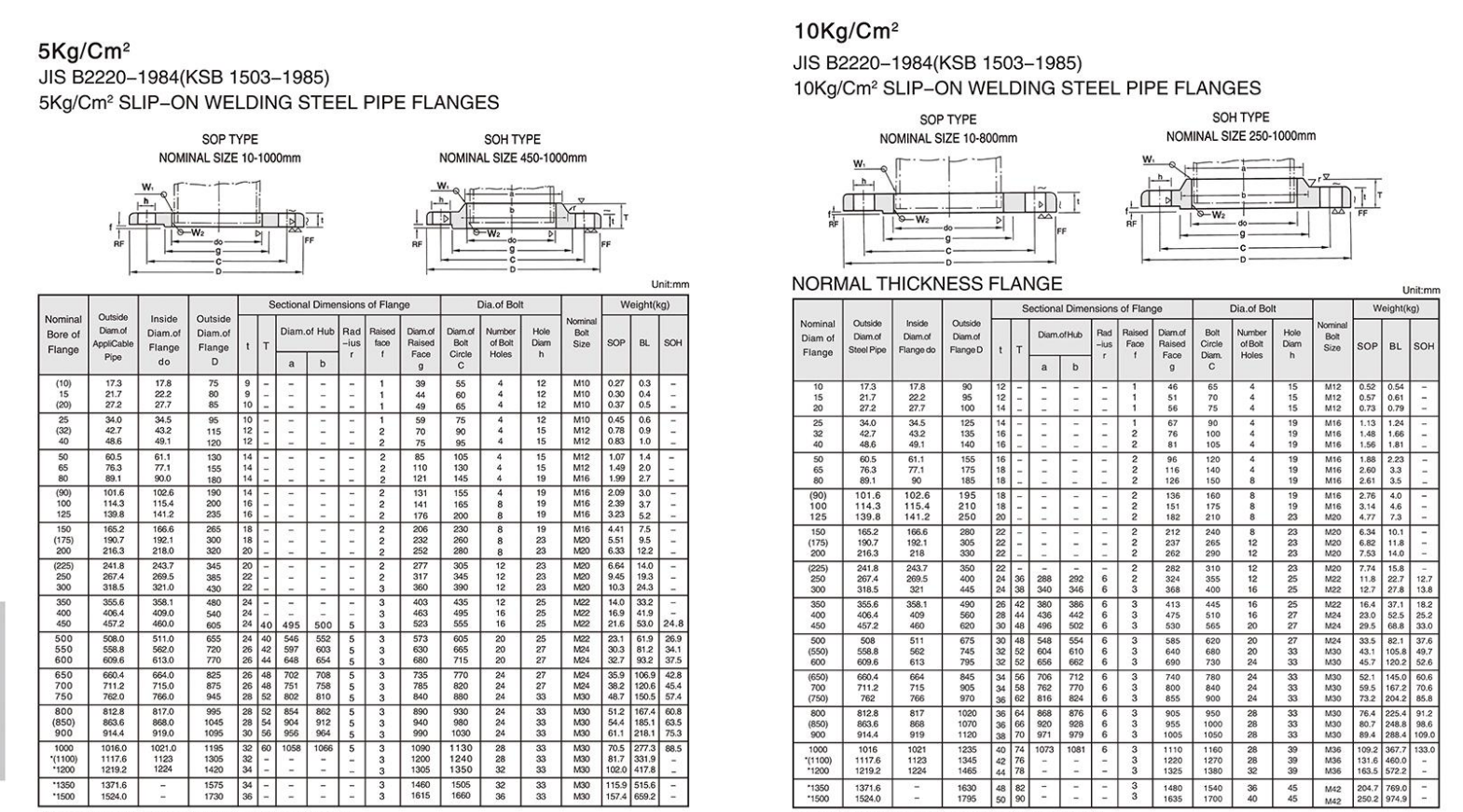-
Cangzhou Yulong Steel Co., Ltd.
-
Phone:
+86 13303177267 -
Email:
admin@ylsteelfittings.com
- English
- Arabic
- Italian
- Spanish
- Portuguese
- German
- kazakh
- Persian
- Greek
- French
- Russian
- Polish
- Thai
- Indonesian
- Vietnamese
- Zulu
- Korean
- Uzbek
- Hindi
- Serbian
- Malay
- Ukrainian
- Gujarati
- Haitian Creole
- hausa
- hawaiian
- Hebrew
- Miao
- Hungarian
- Icelandic
- igbo
- irish
- Japanese
- Javanese
- Kannada
- Khmer
- Rwandese
- Afrikaans
- Albanian
- Amharic
- Armenian
- Azerbaijani
- Basque
- Belarusian
- Bengali
- Bosnian
- Bulgarian
- Catalan
- Cebuano
- China
- China (Taiwan)
- Corsican
- Croatian
- Czech
- Danish
- Esperanto
- Estonian
- Finnish
- Frisian
- Galician
- Georgian
- Kurdish
- Kyrgyz
- Lao
- Latin
- Latvian
- Lithuanian
- Luxembourgish
- Macedonian
- Malgashi
- Malayalam
- Maltese
- Maori
- Marathi
- Mongolian
- Myanmar
- Nepali
- Norwegian
- Norwegian
- Occitan
- Pashto
- Dutch
- Punjabi
- Romanian
- Samoan
- Scottish Gaelic
- Sesotho
- Shona
- Sindhi
- Sinhala
- Slovak
- Slovenian
- Somali
- Sundanese
- Swahili
- Swedish
- Tagalog
- Tajik
- Tamil
- Tatar
- Telugu
- Turkish
- Turkmen
- Urdu
- Uighur
- Welsh
- Bantu
- Yiddish
- Yoruba

Dec . 05, 2024 15:00 Back to list
Exploring ANSI CL150 Standards and Their Impact on Modern Computing Systems
Understanding ANSI CL150 A Comprehensive Overview
The ANSI CL150 standard is a critical aspect of the industry, especially in the realms of piping and valve design. This document outlines essential specifications and requirements that ensure the safe and efficient operation of piping systems across various applications. With the growing demand for quality and reliability in industrial settings, understanding ANSI CL150 is more pertinent than ever.
ANSI, which stands for the American National Standards Institute, plays a crucial role in developing and overseeing consensus standards for products and systems in the United States. CL150 refers to a specific class of flange pressure ratings found in the ANSI B16.5 standard. This standard governs the dimensions, tolerances, and pressure-temperature ratings of flanges used in piping systems.
.
One of the primary reasons ANSI CL150 is widely employed is its versatility. Industries ranging from oil and gas to water treatment and chemical processing benefit from its standardized dimensions and compatibility with various types of piping systems. Flanges conforming to ANSI CL150 can be found in various forms, including slip-on, weld neck, blind, and threaded, each serving distinct purposes depending on design requirements and installation conditions.
ansi cl150

An essential aspect of ANSI CL150 is its focus on safety. Compliance with this standard ensures that flanges can withstand both internal pressures and environmental stresses, reducing the risk of failure. It also facilitates maintenance and inspection processes, as standardized dimensions and properties allow for easier interchangeability of components. Engineers and technicians can confidently work with these standards, assured that they meet the necessary criteria for safe operation.
Installation considerations for ANSI CL150 flanges also play a vital role. When setting up a piping system, factors like gasket selection and proper torque specifications must be adhered to. The integrity of the seal between the flanges is crucial, as leaks can lead to significant operational issues and safety hazards. Therefore, it is common practice to refer to guidelines not only on the physical attributes of the flanges but also on the correct installation techniques.
In recent years, there has been a growing emphasis on sustainability and energy efficiency in industrial operations. ANSI CL150 contributes to this movement by promoting the use of standardized components that can lead to more efficient systems. By ensuring a reliable and interoperable design, organizations can minimize downtime and enhance productivity, aligning with broader goals of reducing waste and conserving resources.
In conclusion, ANSI CL150 serves as a cornerstone for ensuring safety, reliability, and efficiency in piping systems across multiple industries. Understanding this standard is crucial for engineers, designers, and operators alike, as it facilitates improved system design, operational safety, and overall project success. As industries continue to evolve and face new challenges, the role of standardized practices like ANSI CL150 will remain vital in fostering safe and efficient operations in the modern industrial landscape.
Latest news
-
ANSI 150P SS304 SO FLANGE
NewsFeb.14,2025
-
ASTM A333GR6 STEEL PIPE
NewsJan.20,2025
-
ANSI B16.5 WELDING NECK FLANGE
NewsJan.15,2026
-
ANSI B16.5 SLIP-ON FLANGE
NewsApr.19,2024
-
DIN86044 PLATE FLANGE
NewsApr.19,2024
-
DIN2527 BLIND FLANGE
NewsApr.12,2024
-
JIS B2311 Butt-Welding Fittings LR/SR 45°/90° /180°Seamless/Weld
NewsApr.23,2024
-
DIN2605-2617 Butt-Welding Fittings LR/SR 45°/90°/180° Seamless/Weld
NewsApr.23,2024











